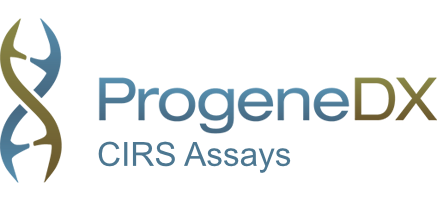Inflammatory Responses Acquired Following Environmental Exposures Are Involved in Pathogenesis of Musculoskeletal Pain
At first, one might not associate environmental exposures with pain. Warm climate versus cold causing pain? Humid climate versus dry causing pain? Urban versus rural? Pain isn’t the first response a physician might necessarily associate with environmental exposures.
Contrast that perspective to environmental exposures to low molecular weight biotoxins and/or inflammagens made by one-celled creatures. Inflammation from innate immune responses dominates the illnesses created by biotoxins. Innate immunity can heal, but can also become the over- whelming source of illness caused by exuberant host responses. Add to the level of concern when exposures are to water-damaged buildings (WDB; schools, workplaces and residences), a problem seen in 50% of US buildings (NIOSH) [1]; or fresh water bodies hosting blooms of cyanobacte- ria (for example, Lake Erie [2]; or even just exposure to tick habitat, an increasing problem now extending well beyond the Northeast of the US. In the cohort of affected, environmentally exposed patients, pain syndromes are found in over 85% (Table 8.1).
Inflammation from innate immune mediators does not quickly come to mind thinking about “wear and tear” arthritis or overuse syndromes like rotator cuff injuries or tennis elbow.
Curiously, the same inflammatory mediators involved in response to adverse environmental exposures also play major roles in musculoskeletal pain, as will be discussed.

